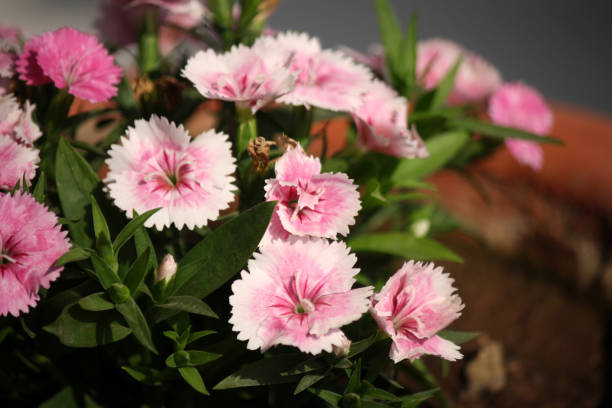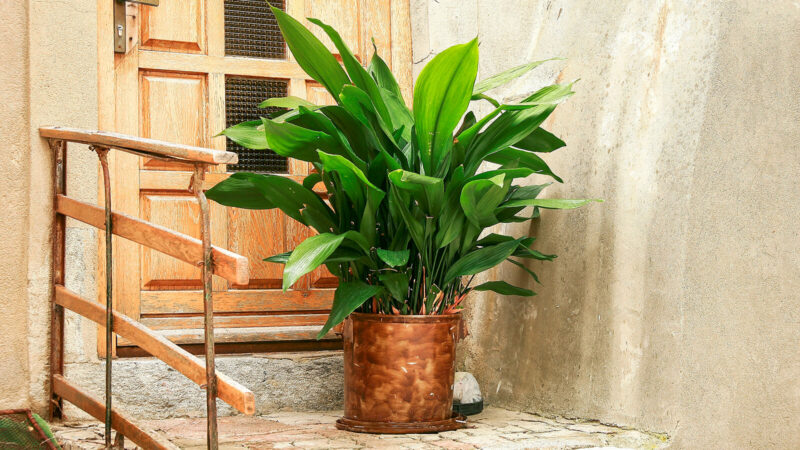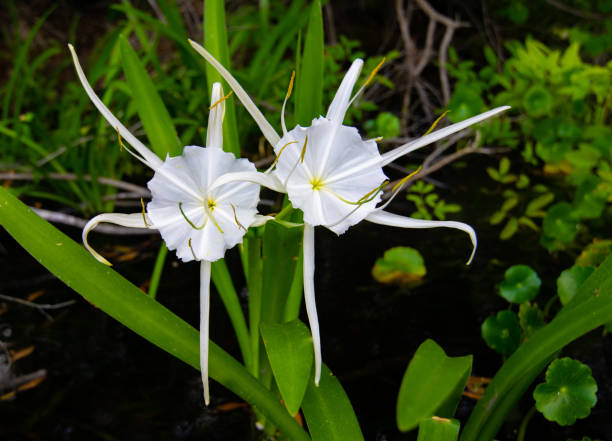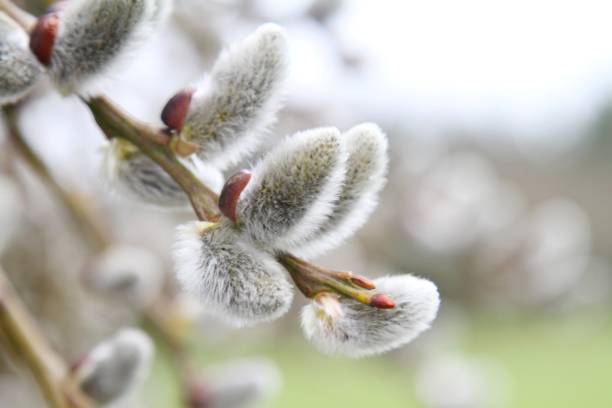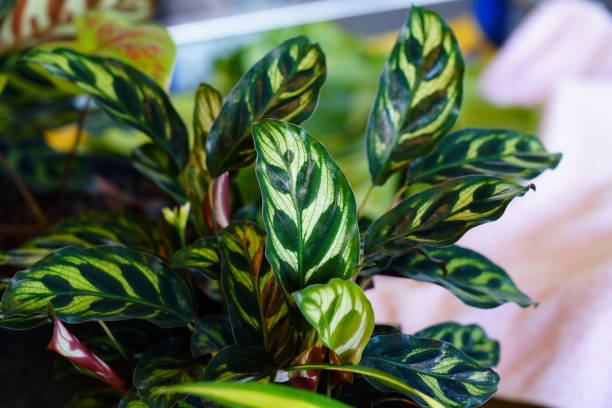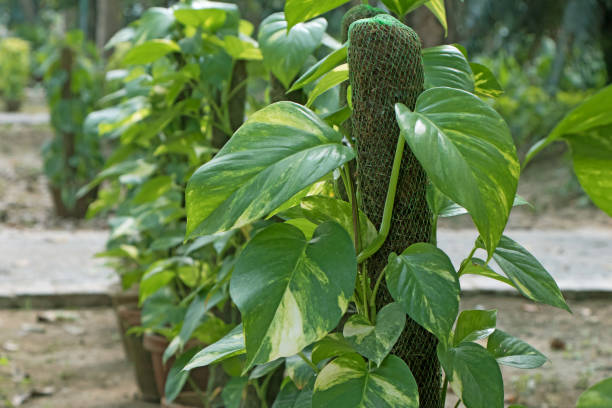Best Desert Landscape Plants For Your Home Oasis
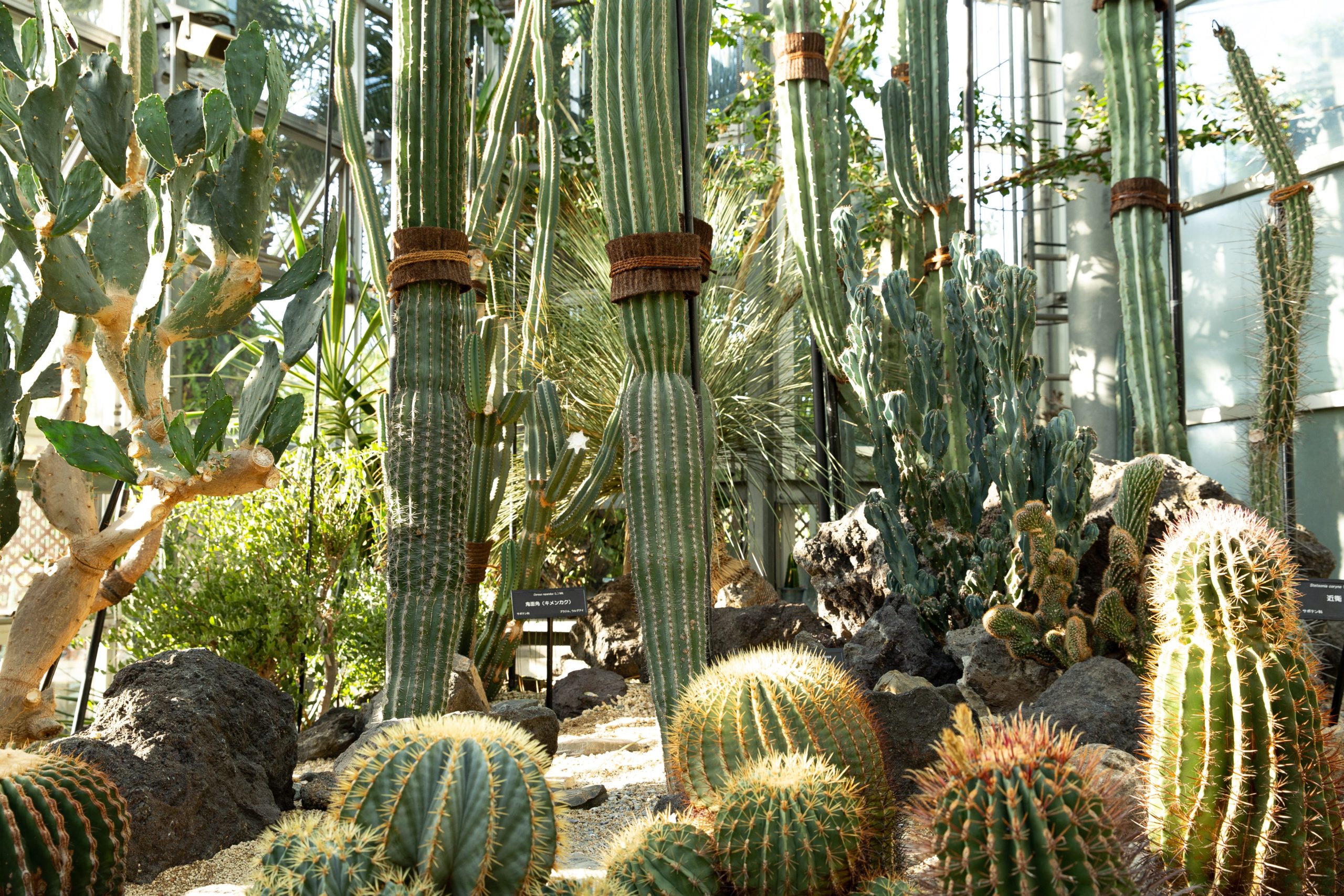
From adorable Burro’s Tail to Paddle Plant, desert landscape plants come in all shapes and sizes and can be found everywhere nowadays. You can grow desert succulents and plants anywhere, be it DIY terrariums or your exotic desert gardens. Thor’s low-maintenance and drought-tolerant nature makes them a popular choice for adding unique elements to house decor.
Whether you want a fancy addition to your backyard or want to create a chic desert Oasis, you will find plenty of desert landscaping options here.
Desert Landscape Plants For Your Backyard
In this list, we have included different types of desert landscape plants from succulents to trees, bushers to flowers; you can pick whichever one that you like the most.
Curve Leaf Yucca
Yucca is one of the most omnipresent desert landscape plants with more than forty species. Their visual appeal adds a lively touch to any yard. As they are a member of the agave family, their leaves start to curl as the plants grow, and they bloom into a fragrant flower soon. When it comes down to caring, make sure you grow them in well-drained soil.
Golden Barrel Cactus
This unique short and round shape plant is named golden barrel cactus and makes a very striking desert succulent for all landscape ideas. Of all the types of cacti, Golden Barrel looks great in a rock garden, thanks to its round shape. However, this plant may change shape over the years and transform into a cylindrical shape. These cacti are available in various colors of green or yellow with needles and occasional yellow color flowers blooming on the top.
Mexican Feather Grass
Another Popular pick for desert landscape ideas is Mexican feather grass. This desert grass gives a beach vibe at home and can make any landscape design stand out. Because it is a grass plant, you need to be cautious because it grows and spreads really fast.
Also, Mexican feather is considered as Ornamental grass. The plant has a complex root structure as compared to regular lawn grass, meaning you can easily get rid of them.
Jade Plant or Friendship Tree
If you search for colorful desert landscape plants that fall somewhere between succulent, tree, shrub, and flowering plants, you should pick Jade Plant. Famously known as friendship trees, these have a small size and shape like a bush. During the winter months, Jade Plant’s waxy green leaves get temporarily eclipsed with white blooms. This is a drought-resistant plant that loves sunshine.
Flaming Katy
Popularly known as a “Flaming Katy,” this plant is a cousin of the paddle plant and is available in a number of colors, with bright, puffy flowers during full bloom. If you want to add some colors to your desert landscape ideas, you should definitely try Flaming Katy plants. During the non-blooming period, Flaming Katy has flat green curved leaves resembling paddle plants. You will find them densely packed with colorful flowers when they bloom.
Yellow Bells
One of the most beautiful desert flowering plants for your landscape is Yellow Bells. These bright yellow flowers grow quickly and abundantly. These are appropriately named for their color and shape. Yellow bells are basically wildflowers with bright yellow colors and bell-shaped flowers. Yellow Bells care consists of pruning and watering, which vary from season to season, but one thing remains constant full sun.
Bottlebrush
If you want to add a touch of uniqueness to your desert landscape ideas, then grow Bottlebrush. These unique desert flowering plants have a striking resemblance to bottle brushes. The unusual blooms will immediately catch the visitor’s attention and also hummingbirds with their bright red needles. You can also find different colored flowers in a bottlebrush tree.
Read More- Best Plants for Balcony to Locate Bloom to Your Home
Bougainvillea
Another most ubiquitous desert landscape plants are Bougainvillea. You can sight them easily throughout the Mediterranean in a range of colors, and magenta is the most popular. This fast-growing plant grows in a beautiful wild configuration like a vine, bush, or sometimes as ground cover. With training and patience, you can even create a Bougainvillea tree in your yard.
LIVING STONE
Living Stone desert landscape plants are the real example of evolution at best. These desert succulents have evolved so seamlessly by blending into their surroundings to save them from predators. At first glance, they resemble pebbles or stones; only on the close examination will you know that these are living plants.
Living Stanser has originated in South Africa with less than 2 inches of rainwater in a year. This means that these make great succulent landscaping plants in dry climates. Due to extreme weather conditions, the plant’s growth stopped at only two leaves which fuse together to create the base. This unique formation needs the smallest possible surface area exposed to sunlight.
The thick shape of the stone-like leaves can hold more water compared to flat leaves. This is a fascinating plant to have in every yard to complete the succulent collection.
QUEEN VICTORIA AGAVE
Another beautiful plant with marble-like striations on its petal is famous among modern desert landscape ideas. This plant is native to the Chihuahuan desert, Mexico. Extremely drought tolerant, this plant can thrive even in Zone 7 areas. It is shaped like a large rosette which gives it a distinguishable look similar to an artichoke.
The leaves are grouped in a spherical arrangement, which allows water to funnel down to the roots. Queen Victoria agave can live upto 15 years in the wild areas.
ZEBRA CACTUS
Another great desert succulent landscaping plant is the Zebra cactus which looks like aloe from afar. The dark green leaves have white contrasting striations, making it a popular pick for in-house desert landscape ideas. This easy maintenance plant can be a trendy addition to your house and even office. It needs watering only once a month and keeps it away from direct sunlight or deep shade. You may even get to see flowers during the summer season if they grow in proper living conditions throughout the year.
GOLDEN BARREL
This Golden Barrel plant is rightly named for its large bulbous shape. It is adorned with golden yellow spines, which makes it a striking centerpiece in all desert landscape plants. The top part of the cacti is where you will see striking flowers. When it is pollinated, the seeds start to develop into fruits and remain on top of the cactus until you pull them out willingly. This Golden Barrel cactus is a slow grower and can survive upto a long time.
Read More- Popular Pond Plants For Backyard Ponds
BUNNY EAR CACTUS
You may not believe it, but Bunny Ear Cactus are prickly pear desert succulents. At first glance, these plants may seem like they do not contain spines, however on close notice, you will see fuzzy specs adorning the cactus in a small cluster of tiny spines.
These cactus spines are also known as glochids and cannot be removed when once stuck in your clothes. You can find Bunny Ear cactus plants in white and yellow spines.
CALIFORNIA POPPY
If you are into dessert flowering plants, then take a look at California Poppy. This plant is popular for its bright orange color. Native to the western US and growing from the Oregon coast to Baja California, these desert landscape plants make a great choice for house gardens.
California Poppy is super easy to grow and can be found in roadsides and most gardens of their native region. The petals of the flowers open during the day and close down during the night. These flowers bloom all summer long in cool coastal regions as well as California. In hot weather conditions, the flowers die right after blooming in the early spring, and the plant will remain dormant the rest of the summer.
WINECUP
Similar to California Poppy, Winecup are drought-tolerant wildflower plants that open during the morning and close at night. Winecups are perennial desert flowering plants with cup-like shapes and come in various colors ranging from light pink to deep magenta.
The wildflowers bloom from March to June and thrive best in rocky or sandy, well-drained soil. Outside wild, these also make a popular bedding plant to hang in baskets with long stems cascading on the sides.
Fun Fact– Winecup Plants are used as a natural medicinal plant to relieve pain.
DESERT MARIGOLD
Desert Marigold is a flowering plant that will make a perfect addition to all landscape ideas. Native to Southwest desert areas in the US, these bloom from March to November. The flowering buds are tightly sealed into a hardball, and these plants can be seen on roadsides, empty land covering like a thick yellow blanket.
DESERT SAGE
Another beautiful desert landscape plant is Desert Sage. They bloom beautiful purple flowers with frosty gray foliage, which stand out from afar in desert landscapes. Desert Sage can thrive under high heat, less water, and poor soil, which makes them perfect for a low maintenance list. These do not thrive in fertile soil and make a perfect addition to drought-tolerant gardens and xeriscape because they attract butterflies and birds.
Read More- Vertical Garden Planters For Chic Green Indoors
OCOTILLO
A very popular dessert shrub, Ocotillo has striking red tubular-shaped flowers growing from its leafy and spiny stems. The stems of these desert landscape plants are shaped, which makes it a great fencing plant in the garden.
Ocotillo is also known as CandleWood and is native to the Sonoran desert, where it grows in rocky terrain. The flowers bloom from March to June, and the plant can survive upto 60 and some even 100 years.
Final Words:
With so many desert landscape plants to choose from, it can be difficult to know which one is best suited for your garden or house. Every desert succulents require different growing conditions and care practices. Desert plants can be classified into three main categories- Succulents and Cacti, Trees and Wildflowers, Grasses and Shrubs. You can choose the plan that fits your desert landscape ideas the best.
If you like this article, do not forget to leave a comment down below!

